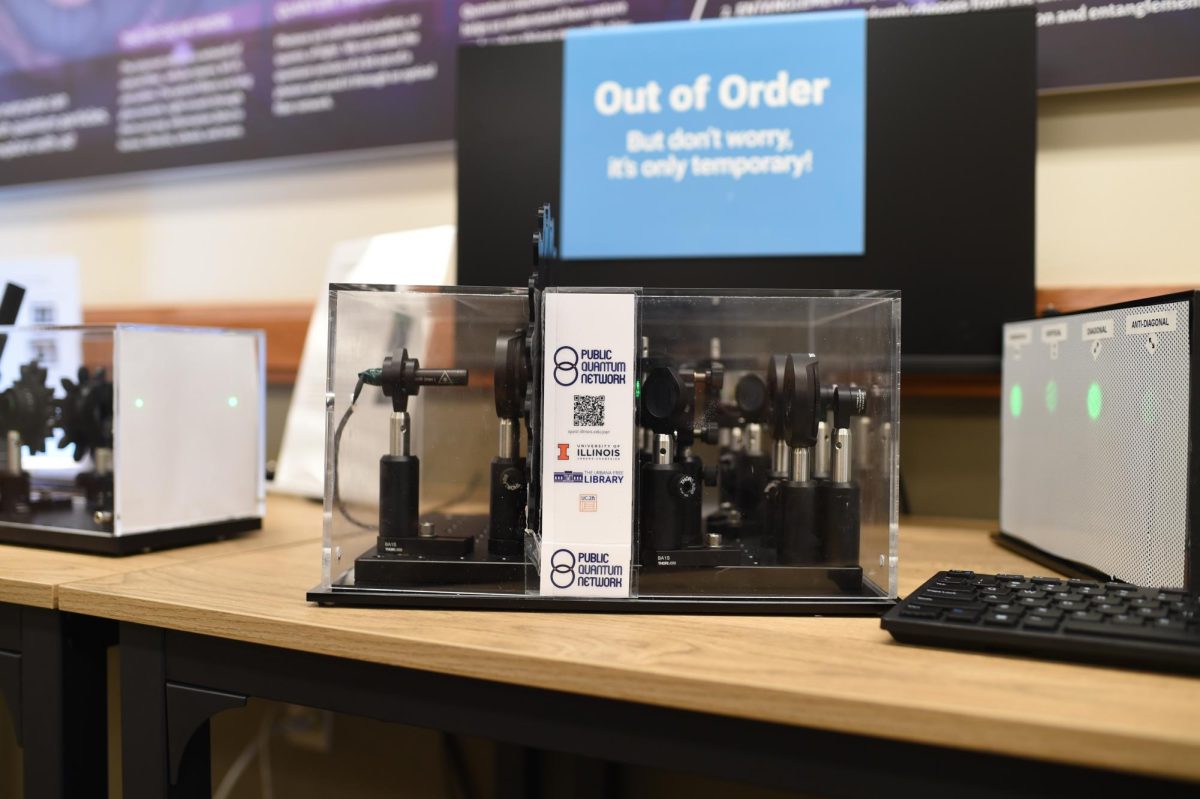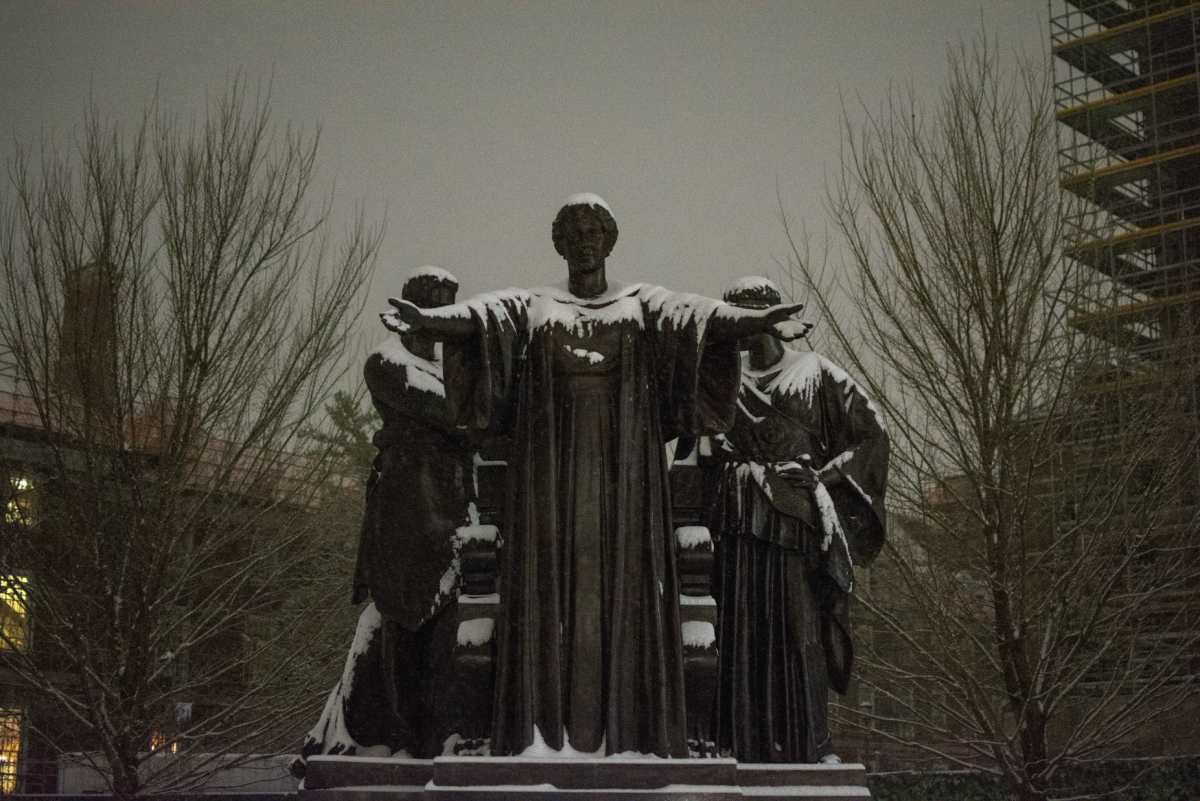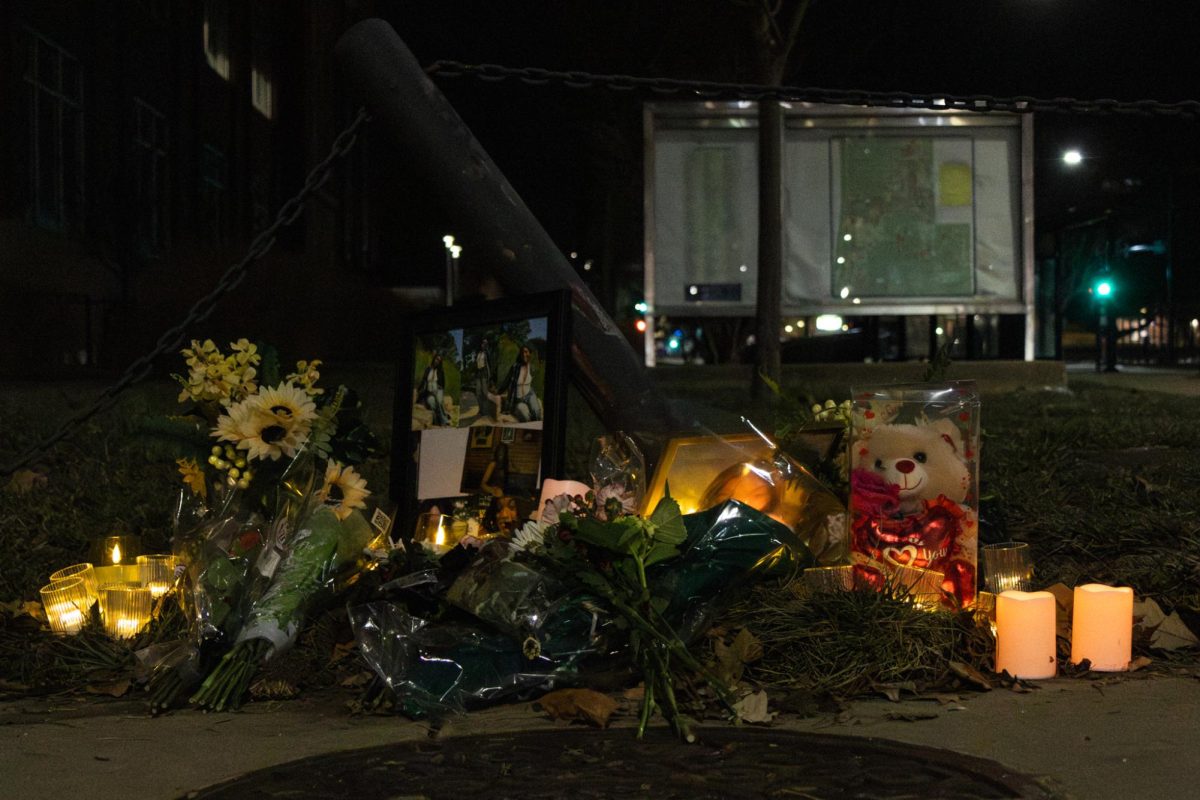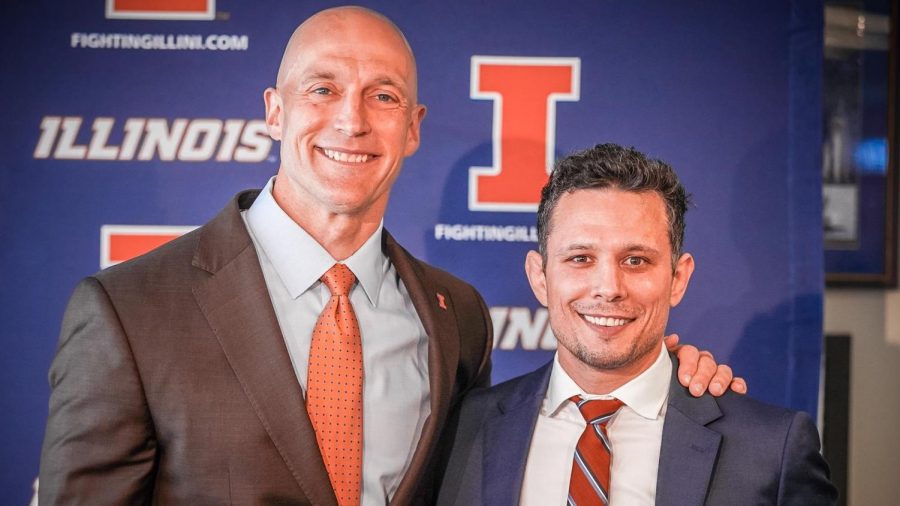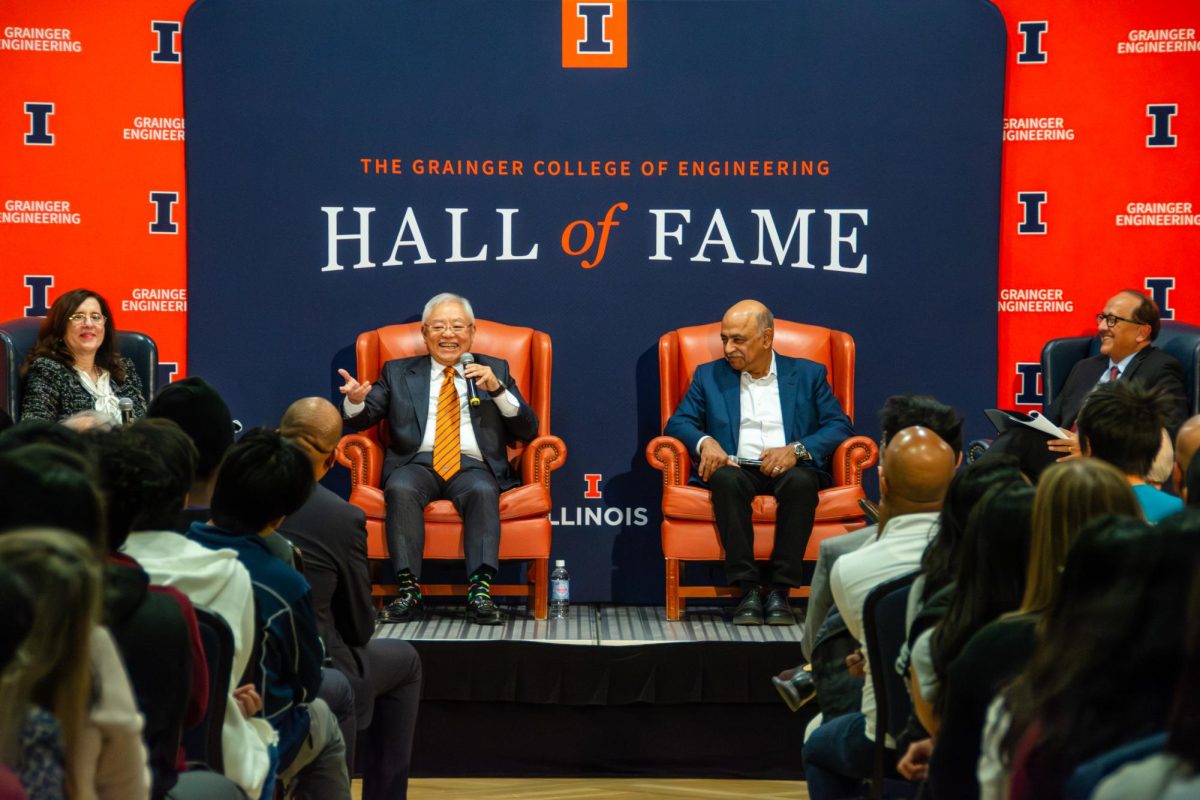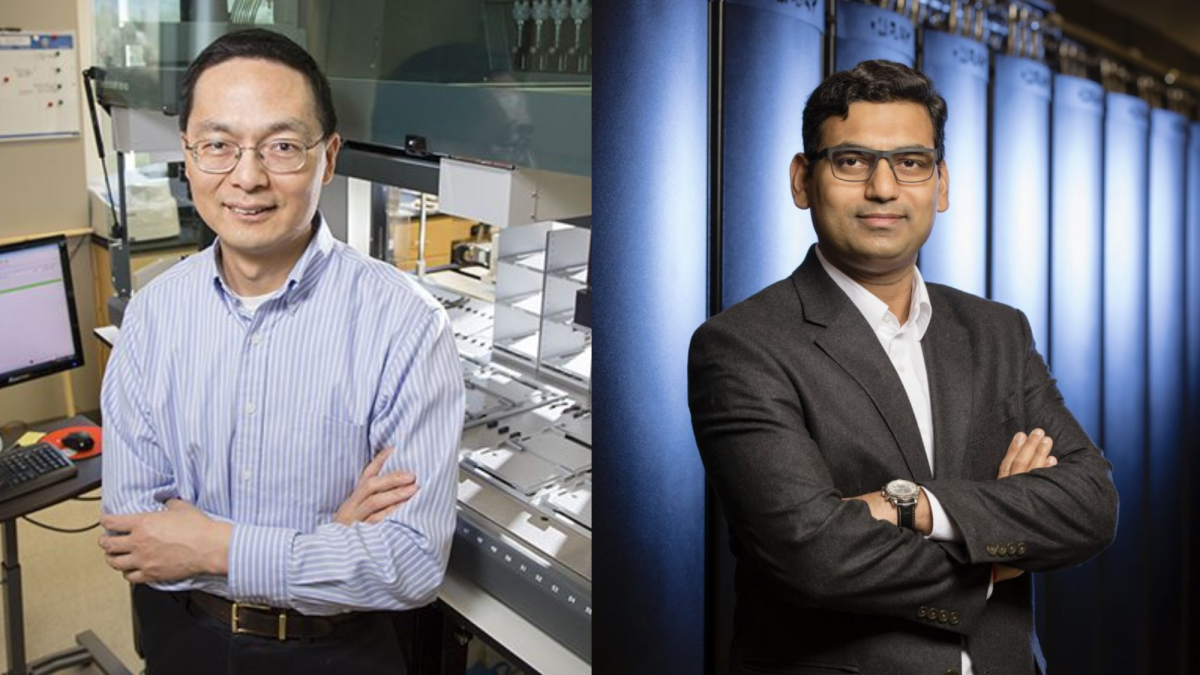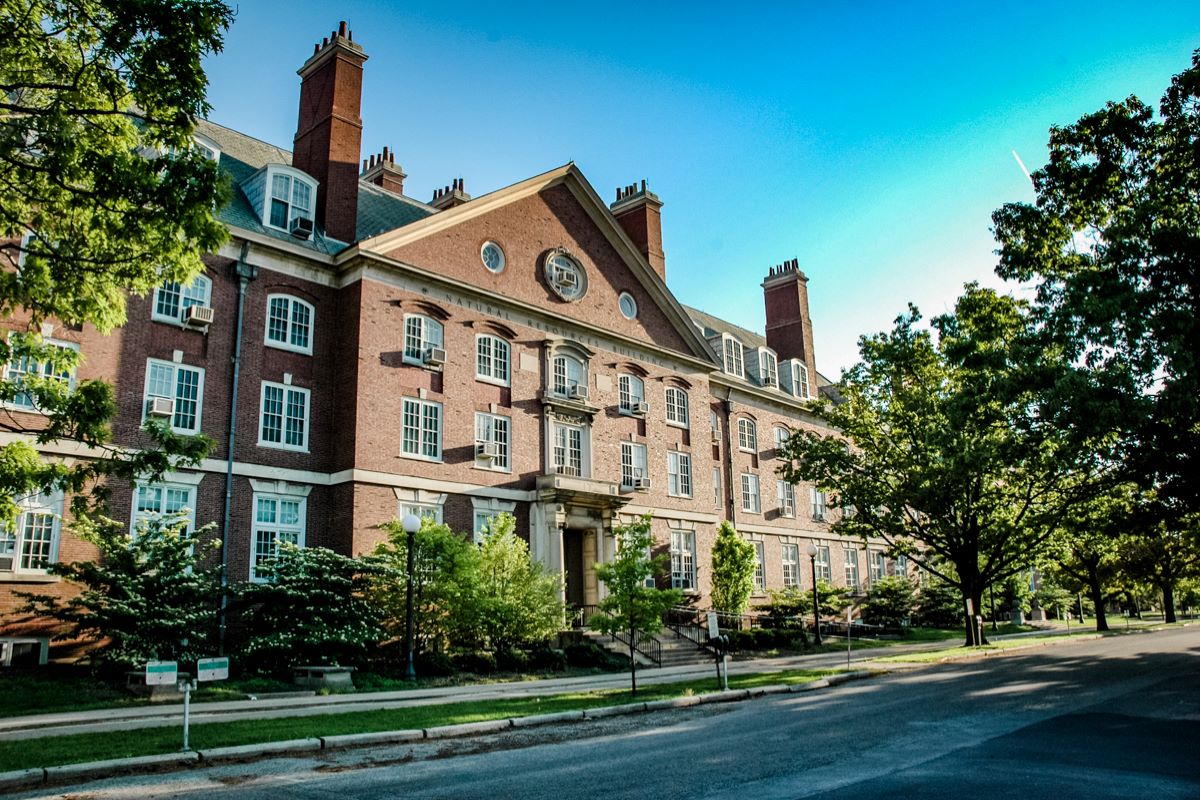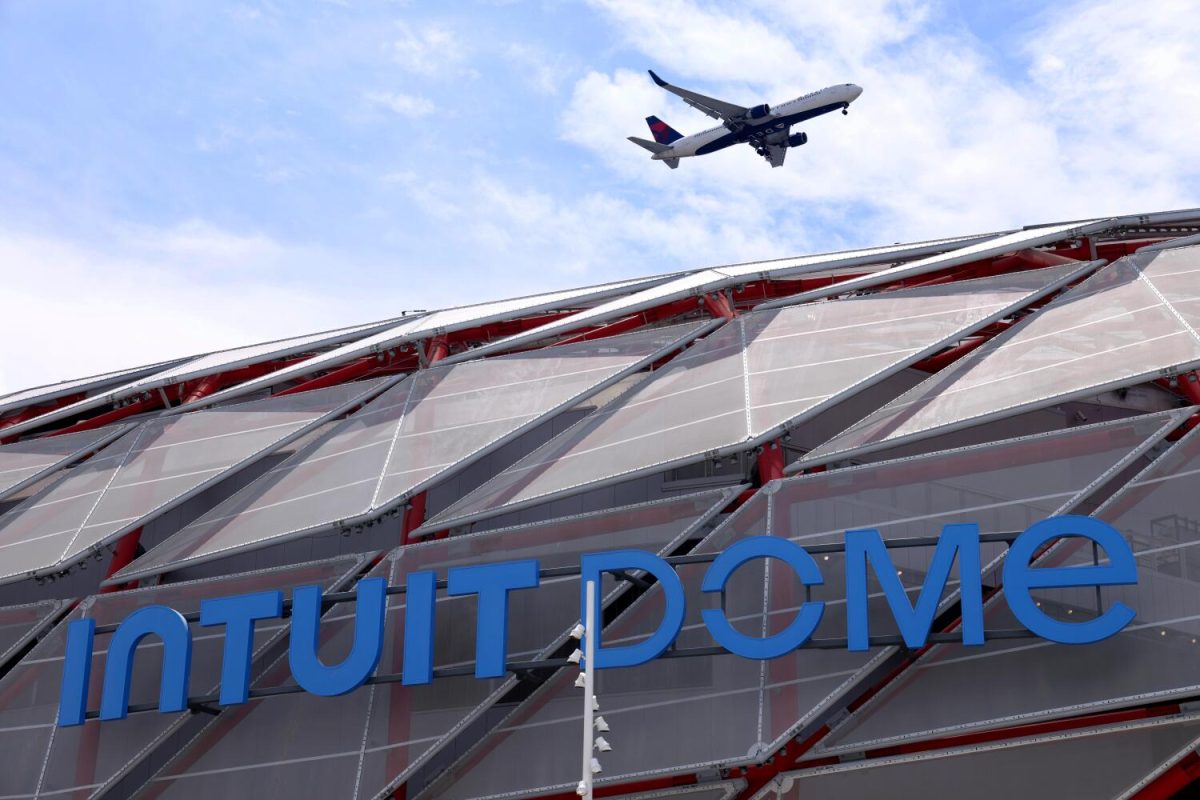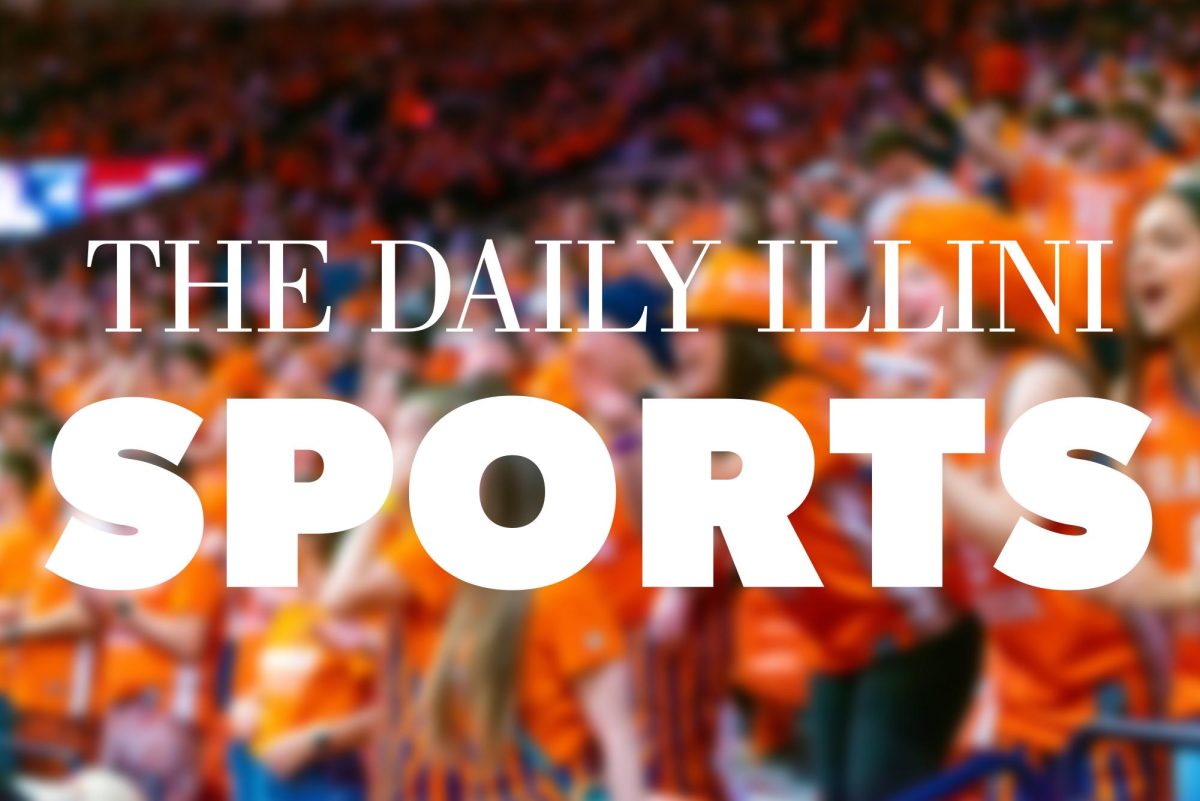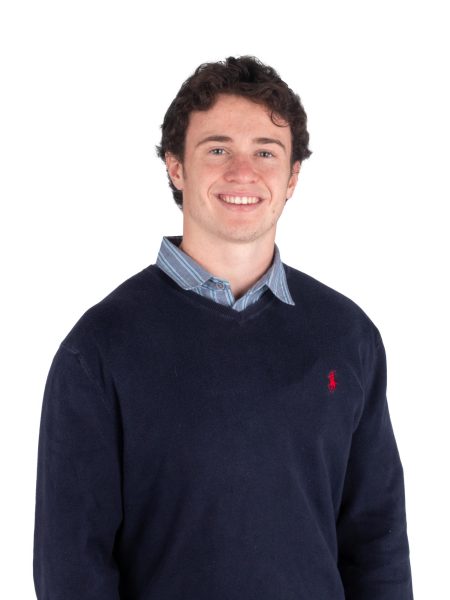Last updated on Oct. 29, 2024 at 04:07 p.m.
On Nov. 4, the first node of the University’s quantum network was installed in the Urbana Free Library through a live demonstration. The Grainger College of Engineering launched the project.
The experiment mimicked the 2022 Nobel Prize-winning technology. This event marks the first time in history that the public has access to this technology.
“In 1876, Alexander Graham Bell made the first phone call … I predict that we are about to witness a very similar game-changing, transformative moment for the globe,” said Susan Martinez, vice chancellor for research and innovation, while speaking at the event.
The University and the Urbana Free Library partnered with the local nonprofit Urbana-Champaign Big Broadband to make this quantum network over optical fibers. Optical fibers are thin threads of glass that carry information in the form of light to computers.
Get The Daily Illini in your inbox!
According to the U.S. Department of Energy, a quantum network is like the networks you use every day. It allows you to share data quickly and surf the internet with ease.
However, when quantum physics gets involved, the capabilities are radically more extensive and powerful. These networks harness the quantum characteristics of superposition and entanglement to enable near-instantaneous processes.
“Today we’re celebrating the fact that we’re able to send quantum particles of light, that’s the smallest bits of light, through (these fibers),” explained Virginia Lorenz, professor in Engineering. “Bringing (information) from the labs on the UIUC campus to the Urbana Free Library and back.”
This ability translates to accelerated communication, sensing and computation.
The official test launch was done on two entangled particles: One in the Loomis Laboratory of Physics and one in the library.
Entanglement should result in any alteration on the library particle to affect concurrently the laboratory particle. The demonstrators made alterations by changing the polarity of the library particle and as a result, the laboratory particle became altered. It successfully resulted in entanglement.
“Soon, with some upgrades, we’ll be able to do quantum teleportation,” said Paul Kwiat, professor in Engineering. “That’s not the teleportation you may be familiar with … we’re teleporting information.”
These networks exist worldwide but unfortunately are only used for research. That is what makes this event so monumental.
“Anyone can come to this library and interact with cutting-edge technology and do the test themselves,” Lorenz said.
The network gives local children the opportunity to gain an interest in STEM fields while playing with the technology of the future. Mayor Diane Marlin of Urbana stressed the importance of this achievement for the youth and how a vast number of doors have opened for these children because of this installment.
This achievement adds to the state of Illinois’ quantum resume. With four of the 10 national centers for quantum technology residing in Illinois, the state is an industry leader in quantum applications, with Chicago being a hotspot. The University’s network will ultimately connect with the networks in Chicago according to Rashid Bashir, dean of the College of Engineering.
“We hope that this will lead to new applications of these kinds of technologies,” Kwiat said. “My favorite example is the cellphone. The people who invented it had no idea (of) most of the applications. (They) didn’t know you were going to use them to order pizza.”
With this, Kwiat warns of the extent this technology will be used.
“This is going to be a very powerful technology,” Kwiat said.
Yet, he insisted that they are “working towards a technology that is available to everyone, serves everyone and is safe for everyone.”
“Technology like this will be as familiar to us as the internet is to us today … we’re just limited by our imagination,” Mayor Marlin said.



